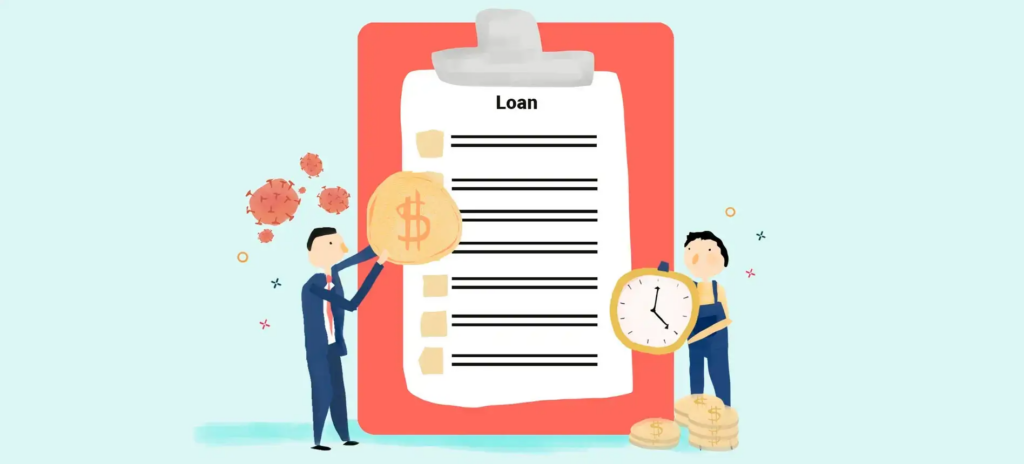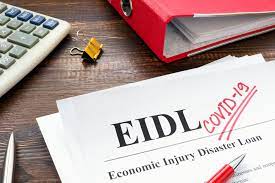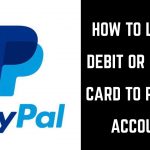In the fast-paced realm of business, decisions to sell a venture demand careful consideration and strategic planning. Entrepreneurs facing this pivotal choice often find themselves grappling with a multitude of concerns, with one of the most pressing being the fate of existing financial commitments, notably the Economic Injury Disaster Loan (EIDL). As we embark on this exploration. It is crucial to recognize the significance of this decision-making juncture. The EIDL, administered by the Small Business Administration (SBA), stands as a financial lifeline designed to support businesses weathering the storms of declared disasters, a role that has gained particular prominence in the context of the ongoing global challenges, such as the COVID 19 pandemic.
This article aims to unravel the complexities surrounding the relationship between selling a business and the repercussions it may have on an EIDL loan. Which provides a comprehensive roadmap for entrepreneurs navigating these intricate waters.
Understanding the Economic Injury Disaster Loan (EIDL):

To comprehend the ramifications of selling a business with an existing EIDL, one must first grasp the fundamental aspects of this loan program. The EIDL initiated and overseen by the SBA, serves as a crucial financial instrument during times of economic distress. This section delves into the eligibility criteria, application process, and the overarching purpose of EIDL, emphasizing its pivotal role in stabilizing businesses adversely affected by disasters.
By shedding light on the intricacies of EIDL, entrepreneurs gain a foundational understanding of why these loans become integral components of a business’s financial structure and how they influence subsequent decisions, particularly those related to a change in ownership.
Transferability of EIDL loan business:

As entrepreneurs contemplate selling their businesses, a critical consideration arises concerning the transferability of EIDL loans. This section navigates the existing information and regulations surrounding EIDL loans, elucidating why these financial lifelines are generally non-transferable. By tying EIDL loans to specific entities based on their financial conditions and disaster-related economic injuries, the SBA establishes a framework that inherently limits the portability of these loans.
Understanding the constraints and implications of this non-transferability sets the stage for the subsequent discussions on the challenges and strategic opportunities available to business owners during the intricate process of transitioning ownership.
Repayment Obligations:

When a business changes ownership, the burden of EIDL repayment falls squarely on the shoulders of the original borrower. This section dissects the legal and financial responsibilities entailed in an EIDL agreement. Which emphasizes the imperative nature of adhering to the stipulated terms.
Timely repayments, including the principal amount, interest, and any applicable fees. They are not only crucial for maintaining financial integrity but are also mandated by the SBA. The insights provided here offer a comprehensive understanding of the obligations that persist post-sale. This ensures that entrepreneurs approach the transition with a clear grasp of the commitments that remain tethered to their business history.
Notification Requirements:

Transparent communication with the SBA is a cornerstone when navigating a business sale. This section delves into the necessity of promptly notifying the SBA about changes in ownership. Which elucidates the potential complications and legal ramifications associated with neglecting this crucial step.
By outlining the notification process, entrepreneurs are equipped with the knowledge needed to navigate this administrative requirement seamlessly. Clear communication not only facilitates compliance with SBA regulations. But also helps build a bridge between the outgoing and incoming owners, creating a smoother transition and averting potential pitfalls that may arise from oversight or neglect.
Negotiating EIDL loan business Repayment in the Sale Agreement:

Recognizing the pivotal role of negotiation in the sale of a business. This section guides entrepreneurs on navigating the inclusion of EIDL repayment clauses in the sale agreement. Strategies for sellers to safeguard their interests are explored, including specifying the buyer’s responsibility for assuming the EIDL and defining the terms of repayment post-transaction. Real-world examples and expert insights enhance the practical applicability of the advice provided. Which ensures that entrepreneurs enter negotiations with a well-informed approach.
By understanding the potential intricacies of negotiating EIDL loan business repayment within the sale agreement. Business owners can not only protect their financial interests. But also contribute to a more harmonious and successful transition of ownership.
Conclusion:
As entrepreneurs stand at the crossroads of selling their businesses. The intricate dance between the transaction and the existing EIDL loan demands a nuanced understanding. This comprehensive guide has illuminated the path, equipping business owners with the knowledge necessary to navigate this complex terrain successfully. By delving into the foundational aspects of the EIDL program, understanding the non-transferability of these loans, and elucidating the ongoing repayment obligations. This article serves as a compass for entrepreneurs navigating the intricacies of business transitions.
Moreover, emphasizes the significance of transparent communication with the SBA and provides insights into the art of negotiation within the sale agreement. This guide empowers business owners to embark on their journey with confidence. Which ensures a smooth transition without compromising the financial integrity of their enterprise.
Considerations for the Future:
Looking ahead, as the business landscape continues to evolve. Staying informed about any updates or changes in SBA policies regarding EIDL loan business sold loans is paramount. Entrepreneurs are encouraged to keep a vigilant eye on regulatory developments. That may impact the transferability or repayment terms of EIDL loans in the context of business sales.
Proactive engagement with legal and financial advisors will remain a crucial aspect of ensuring compliance and strategic decision-making. By staying abreast of industry trends and regulatory shifts. Business owners can adapt their strategies to align with the evolving landscape. Thereby safeguarding their financial interests during business sales.
Final Thoughts:
In the ever-shifting realm of business ownership, the intersection of financial obligations and strategic decisions requires a delicate balance. As entrepreneurs navigate the complexities of selling their businesses, the fate of an existing EIDL loan becomes a pivotal consideration. This article is crafted to demystify the intricacies of this relationship. Which serves as a valuable resource for business owners seeking clarity and guidance.
In closing, entrepreneurs must approach the sale of their businesses with a holistic understanding, incorporating legal, financial, and strategic considerations. Armed with knowledge and foresight, business owners can embark on this transformative journey with confidence. Which ensures the preservation of their financial legacy while embracing new opportunities for growth and success.















